A nuclear history
As the remaining staff leave the Imperial Reactor Centre, we explore the past and future of the College's nuclear research
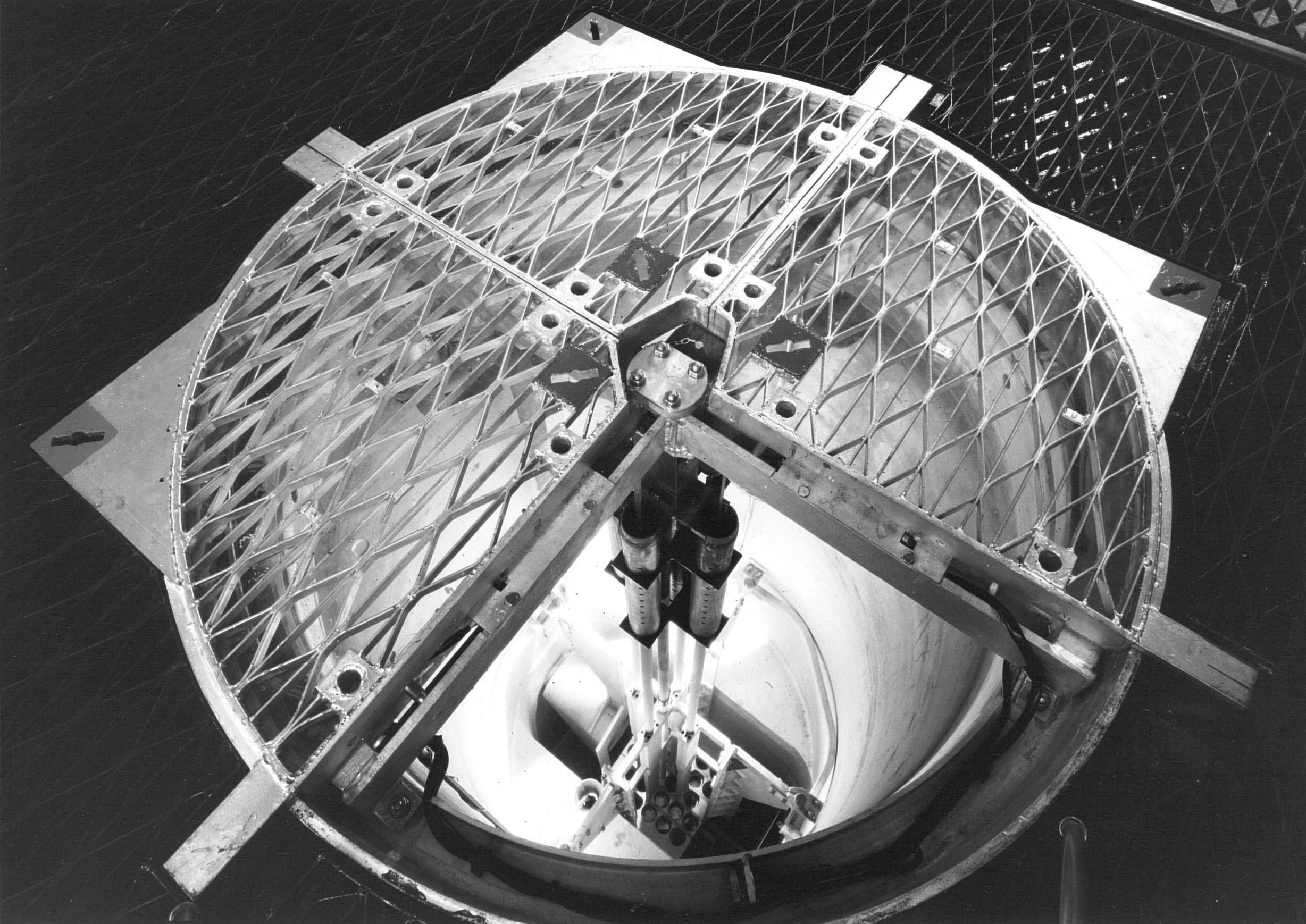
The Imperial Reactor Centre, the UK’s last civilian nuclear research reactor, has closed after more than fifty years at Silwood Park. The final staff working in the Imperial Reactor Centre left their roles at the end of July, marking the end of an important part of Imperial’s history.
With the site of the former nuclear reactor now no more than a hole in the ground, formal de-licensing of the site is expected to be agreed by the Office for Nuclear Regulation in the coming months. This will be confirmed once soil samples, already declared safe by Imperial scientists, have been double-checked by the government to confirm that they present no hazard to human health. Once the nuclear licence is removed, the area will be grassed over whilst the College decides how it will use the space.
This is the story of how the Reactor Centre went from this...
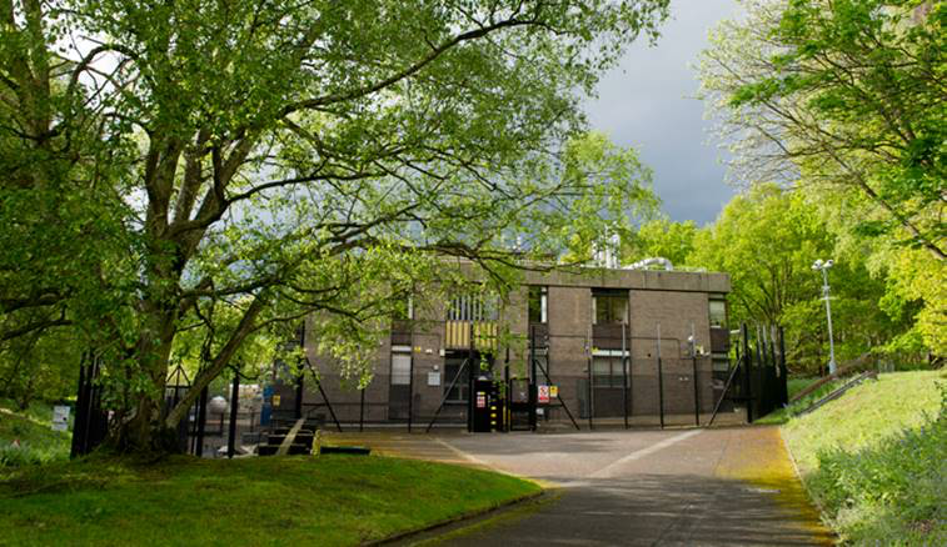
The front of Reactor Centre pre-demolition
The front of Reactor Centre pre-demolition
...to this:
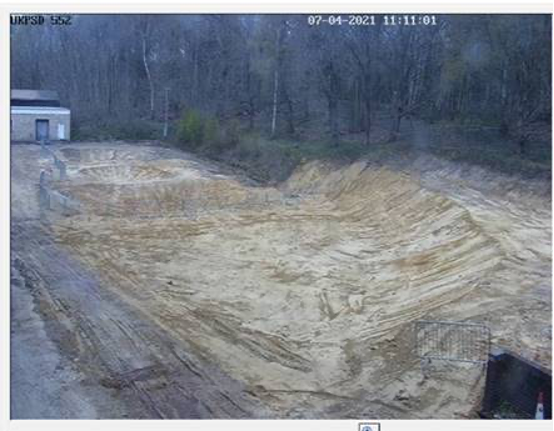
The Reactor Centre site, July 2021
The Reactor Centre site, July 2021
The Imperial Reactor Centre opened in 1965 as one of only four university reactors in the country. The reactor was designed by Imperial’s Department of Mechanical Engineering and the General Electric Company and was used by students from colleges across the University of London.
I have been staggered by the sheer scale and complexity of the project and the College owes our deep gratitude to the committed and expert team who have delivered it safely.”
College Secretary John Neilson, who holds the nuclear licence on behalf of the College, said: “The closure of the UK’s last civilian research reactor really is the end of an era. The reactor has enabled valuable research and has provided a unique teaching and learning environment for generations of students and it should be remembered as an important part of Imperial’s history. I want to thank all of the staff and students who have played their part in the Reactor Centre over the years.
“While the wider College community won’t have been aware of the decommissioning project, I have been privileged to be involved in it for the last seven years. I have been staggered by the sheer scale and complexity of the project and the College owes our deep gratitude to the committed and expert team who have delivered it safely.”
Education and research
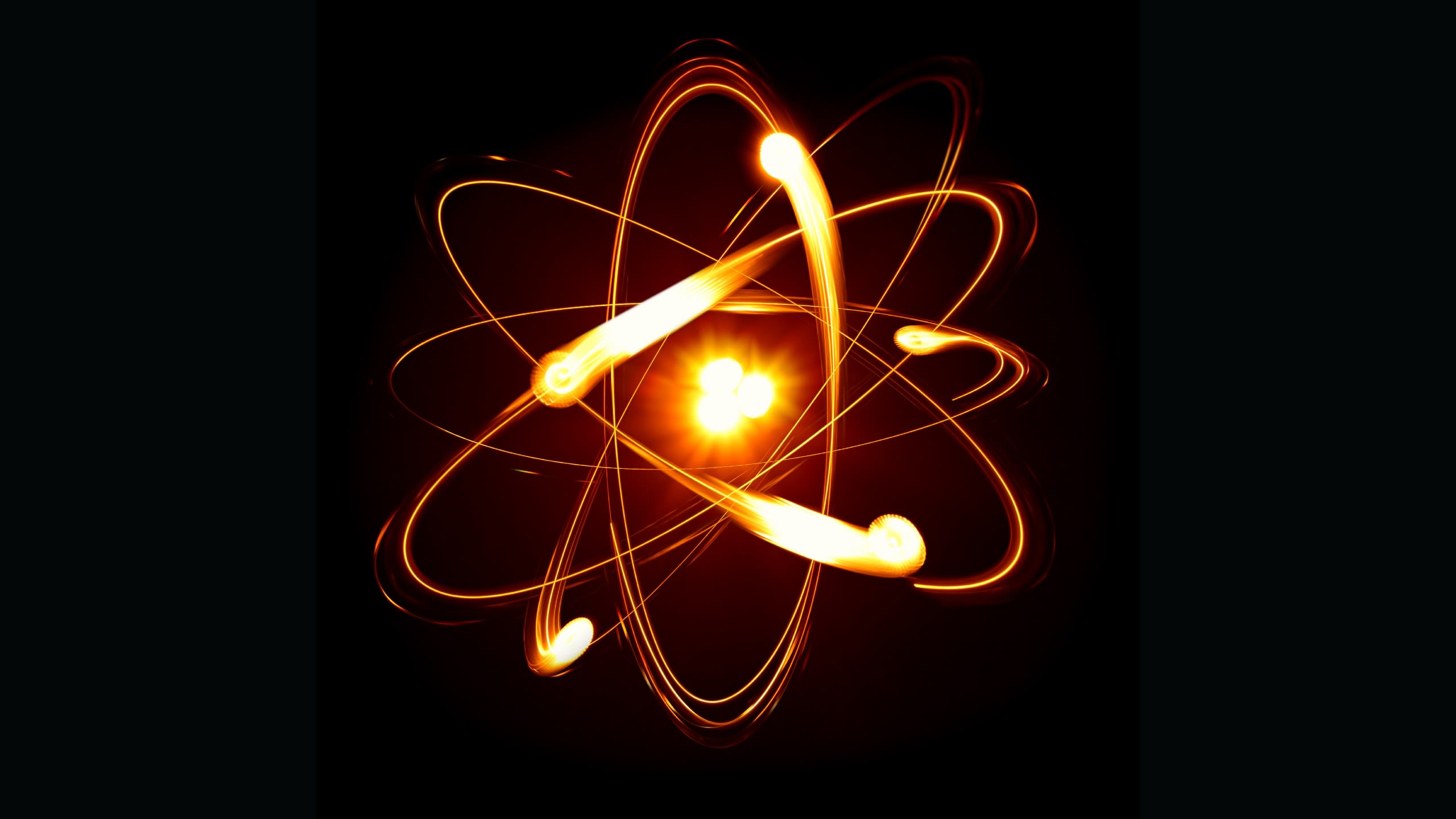
The water-cooled reactor was 7 metres deep and 1.2 metres in diameter and was small in reactor terms, only generating 100Kw of heat. When the reactor was operating it was possible to look inside the core and see the fuel rods lit up by Cherenkov glow (caused by particles travelling faster than light travels in water).
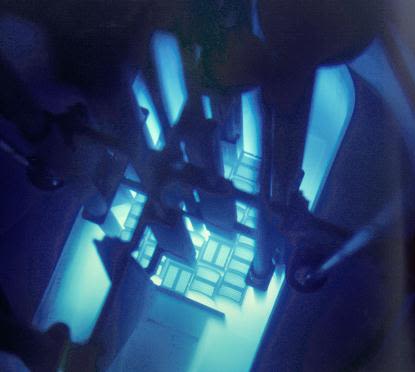
The Cherenkov glow in the operational core
The Cherenkov glow in the operational core
Speaking in a 1982 documentary about Silwood Park, Dr McMahon from the Department of Physics, said: “The university uses the reactor for teaching purposes mainly, and research in many fields of neutron physics and reactor physics. It is also used for the production of isotopes and neutron activation analysis.” Physics, chemistry and engineering students were able to visit the Reactor Centre and get experience of working with neutrons and gamma rays. They also became familiar with using radio isotopes.
Student research focused on neutron activation analysis which is useful in multiple fields including geology, medicine, biology and environmental science. Neutron activation analysis is used to determine the concentration of elements in different materials.
This special report was created in 1982. Here we get a demonstration of the reactor performing a neutron activation analysis.
By the time the reactor was last used in 2010 it had also facilitated limited commercial use, including producing radio isotopes and calibrating radiological instruments.
Geopolitics, public opinion and terrorism

Over the five decades that the Reactor Centre has been located at Silwood Park, geopolitics, public opinion and the threat of terrorism have significantly changed. When it was built in the 1960s there was no security for the building. However, following the 9/11 terrorist attacks in 2001 the threat of hostile action increased and security was tightened.
A 2004 Parliamentary Report on Assessing the risk of terrorist attacks on nuclear facilities stated that security measures at Silwood are “assessed as comprehensive and effective, commensurate with the risks and consequences of a terrorist attack”.
Other world events have also affected the Reactor Centre. The Chernobyl nuclear accident in the USSR (now the Ukraine) in 1986 affected how the nuclear sector was viewed. This in turn influenced funding and investment decisions taken by departments across government and played into the many issues that the College had to consider when deciding the future of the reactor.
Time to decommission

In 2011 the College decided to decommission the reactor. The decision came at the end of a long process, with extensive discussion between the College and government nuclear authorities and with significant effort having been invested into ensuring that there was no viable educational, research, training or commercial use for the reactor.
It’s a real credit to the Reactor Centre staff therefore that we have managed to complete the decommissioning process two years ahead of time.”
This included examining whether the reactor could be used to produce medical isotopes (Technetium-99m) which had seen a global shortage forcing the cancellation of medical treatment worldwide following the closure of a reactor in Canada. The College also considered whether the reactor might be of use in support of next generation reactor technology but was unable to identify sufficient sources of investment.
This special report on the Reactor Centre was filmed in 1982.
Once the necessary decommissioning approvals had been received from the Office for Nuclear Regulation the complex task of safely removing all nuclear materials, demolishing the buildings and confirming the safety of the empty site could begin.
David Forbes, Director of the Reactor Centre, said: “The designers never considered that the reactor might be decommissioned, which presented some considerable technical challenges for the team. It’s a real credit to the Reactor Centre staff therefore that we have managed to complete the decommissioning process two years ahead of time.”
A project within a project

Trevor Chambers, the Head of the Reactor Centre, joined the College from the UK Atomic Energy Authority where he had worked for 30 years. His first job at Imperial was to put together the decommissioning plan, which was split into three phases:
- Defueling - safely removing the fuel rods and transporting them to Sellafield in Cumbria.
- Removing intermediate level waste and transporting it to Sellafield.
- Clean-up, knock-down, clean-up – ensuring that the building that housed the reactor was radiologically and chemically clean before knocking it down and transporting the waste to low level waste sites before doing the final site clean-up of the site.
The Office for Nuclear Regulation (ONR) heavily scrutinised the safety case for the defueling due to the radioactivity and high enrichment level of the fuel.
Finding a safe and efficient way to defuel became a project within a project explains Trevor Chambers: “We had to build and design a lot of equipment from scratch to enable us to safely remove the fuel rods from the reactor and transport them to Sellafield. We built a ‘flaskway’ over the reactor and removed the 31 rods in groups using a small flask shielded with lead to protect the staff from the radioactivity. Once all the rods were safely inside the transport flask, it was wheeled out of the building and lifted onto the secure transport vehicle by a mobile crane before it was taken to Sellafield.”
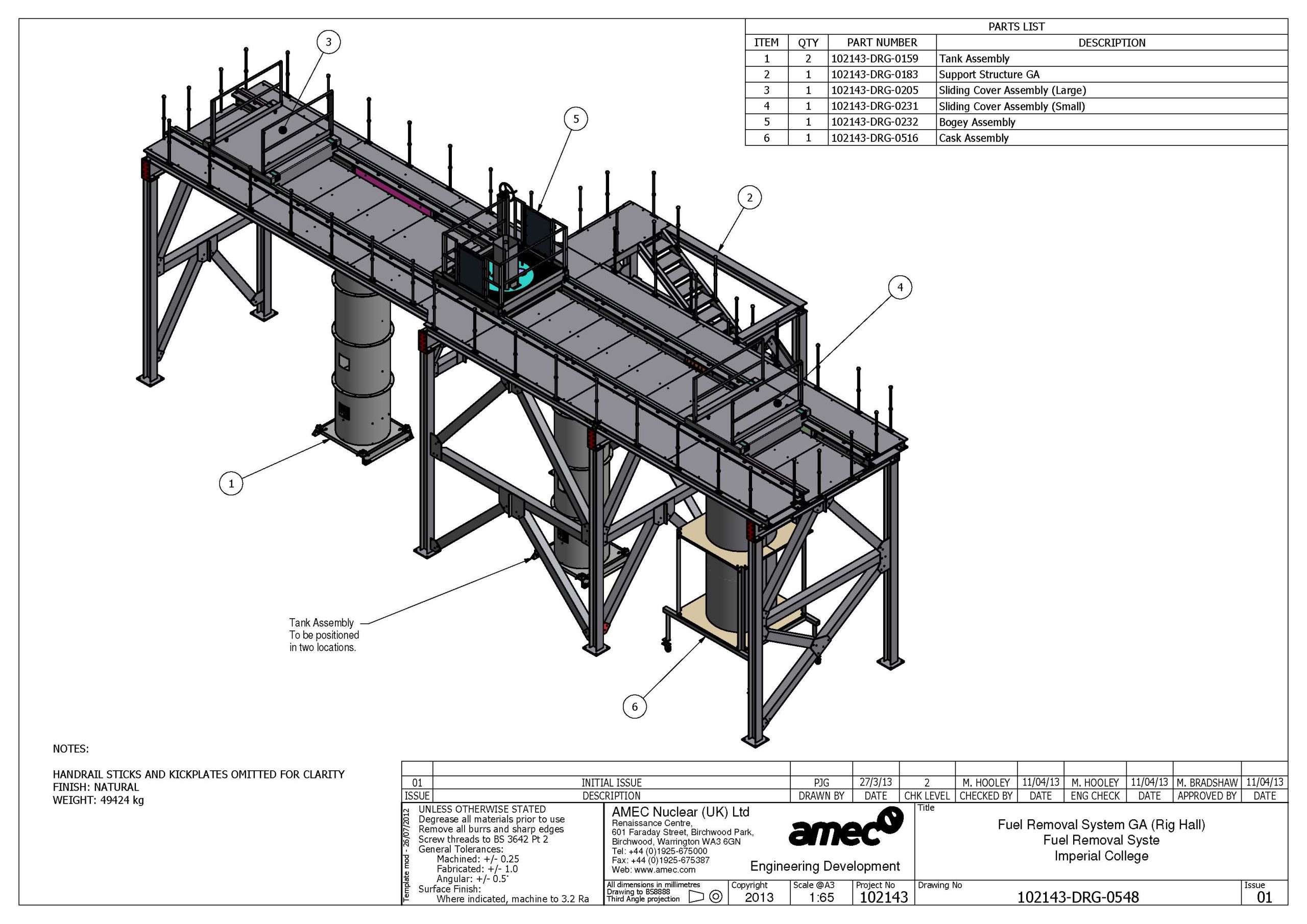
The design of the flaskway
The design of the flaskway
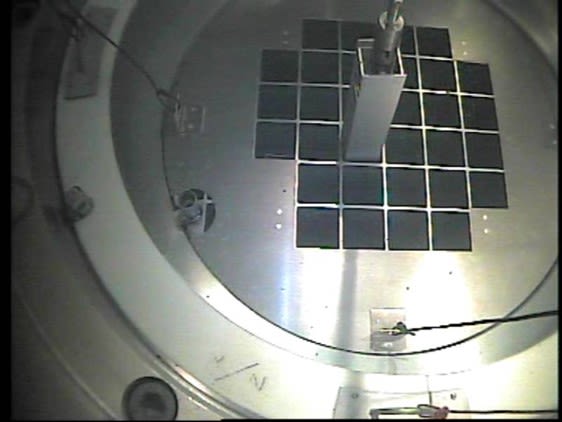
One of the fuel rods
One of the fuel rods
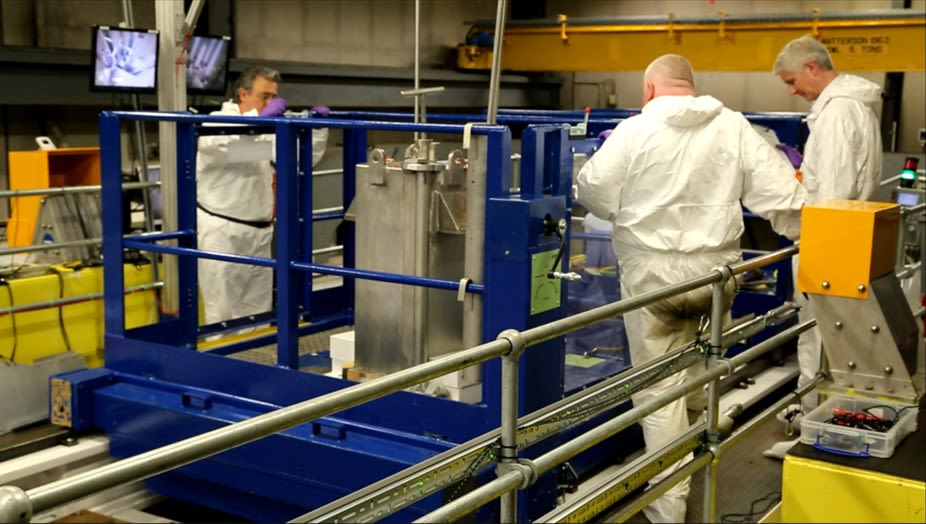
A trolley with a small flask on the 'flaskway'
A trolley with a small flask on the 'flaskway'
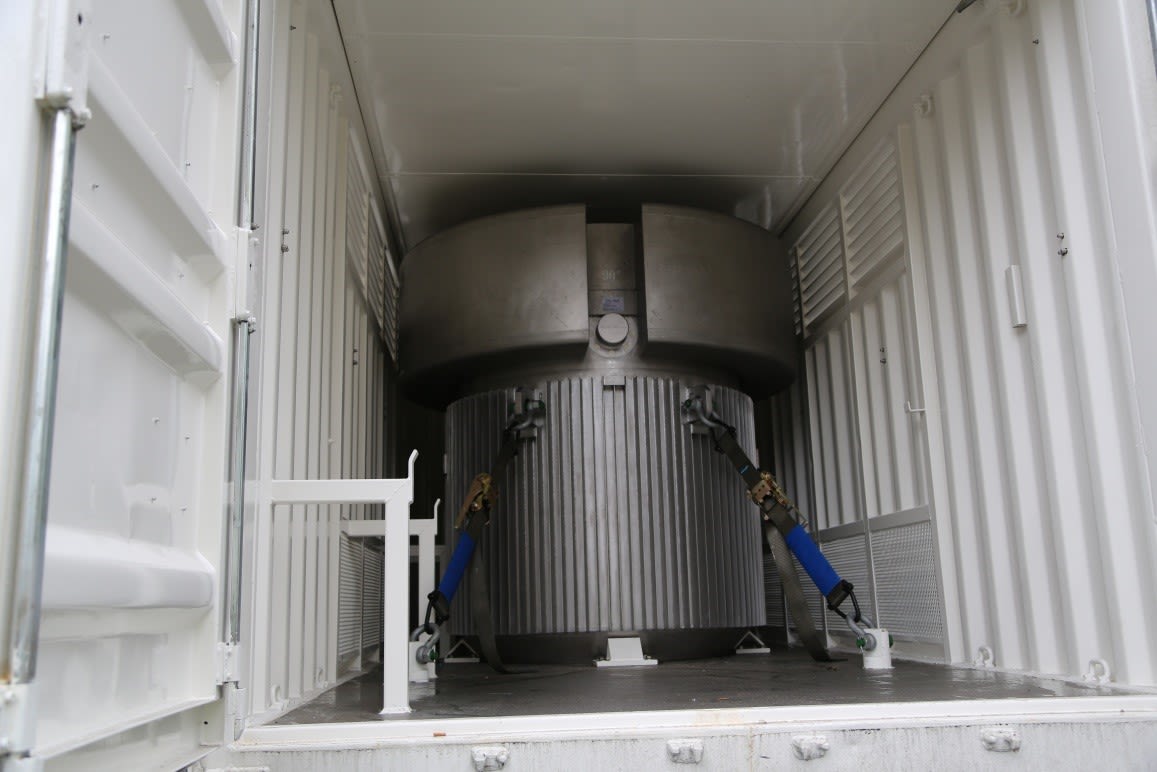
A transport fuel cask
A transport fuel cask
Trevor remembers the lengths that the team had to go to to demonstrate that the plan would be safe: “Until the water was drained out, we were essentially producing another reactor within the transport flask, so we had to show the ONR that there was no danger of the transport flask going critical. Additionally, ONR required us to demonstrate that there was no danger of the crane hitting the Reactor Centre building when the transport flask was moved to the transport vehicle. To do this we did a dry run next to the Silwood Park Manor House!”
On the day of the fuel shipment everything went smoothly, apart from one thing, recalls David Forbes: “The keys to the lorry - which we had brought over from France – were temporarily misplaced, which slightly delayed departure!” The fuel left Imperial under escort from the Civil Nuclear Constabulary who had been on site for three months during the defueling operation and whose final task was to oversee its safe transfer to Sellafield.
Control rod removal
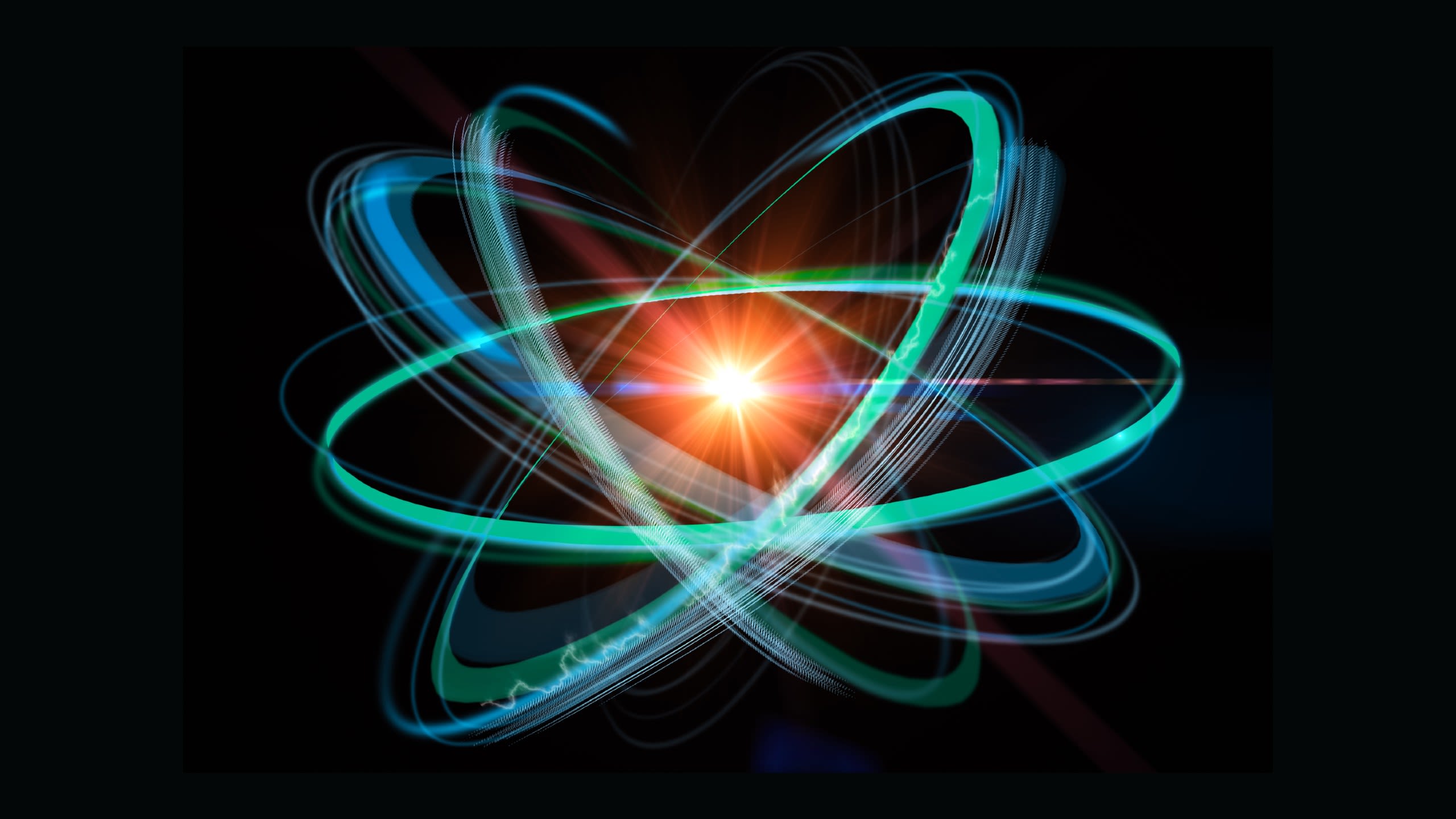
Despite the most radioactive elements now being off-site, a large amount of nuclear material remained and more innovative thinking was required to safely remove it. Trevor Chambers explains: “We had to design more equipment to help us remove the four control rods and prepare them for transport to Sellafield. The rods were too large to be transferred as they were so we needed to cut them up. We used the small fuel transfer flask to move them into a new purpose built steel-shielded cropping cell. The control rods were transferred one at a time into the cropping cell for size reduction using a remotely operated hydraulic cropper. We designed the cell so that the cropped control rod sections fell directly into the transport flask, ready for shipment to Sellafield.”
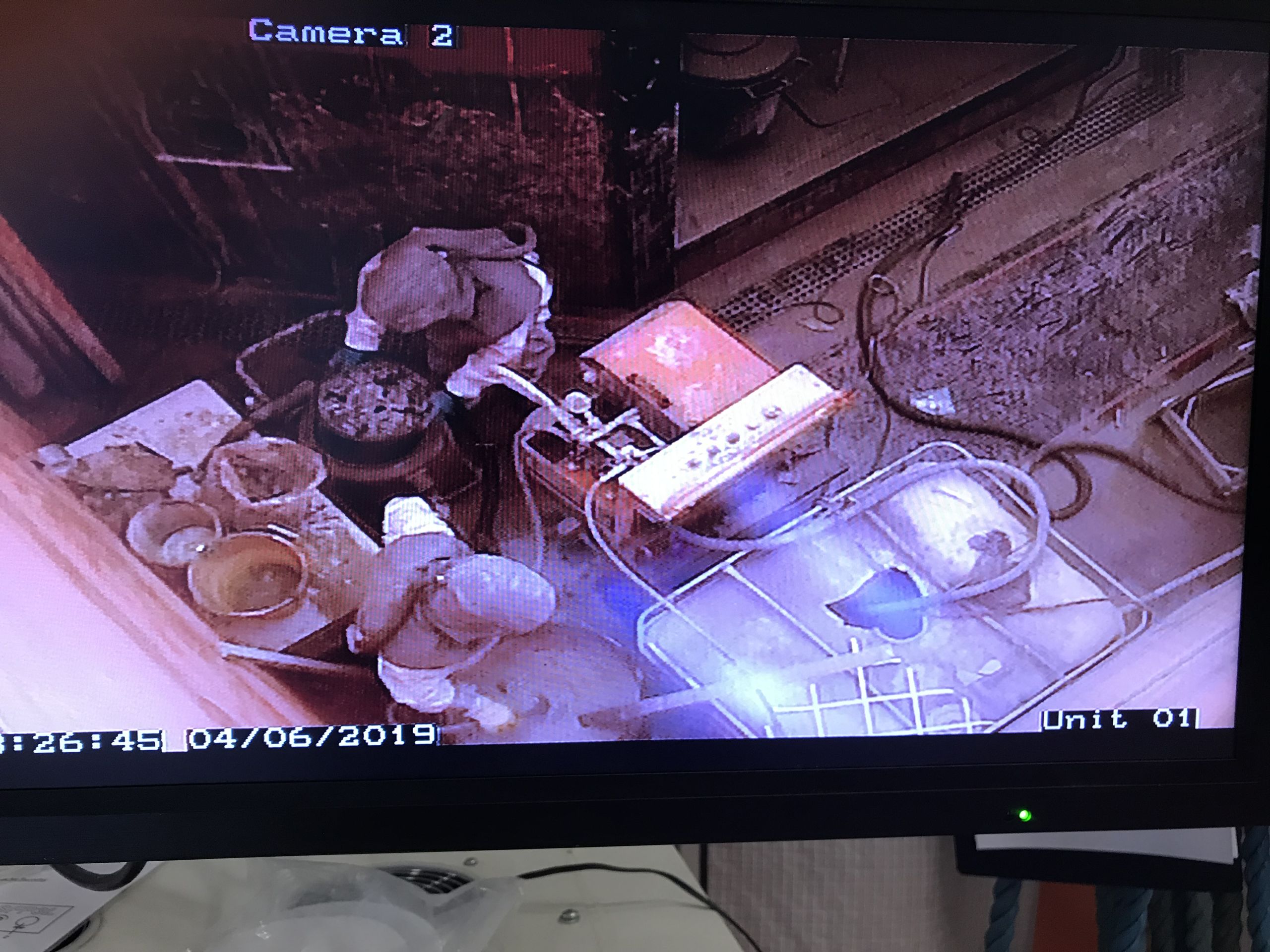
Video footage of dismantling the bio-shield
Video footage of dismantling the bio-shield
The bio-shield was cut up and removed over a nine-month period by contractors wearing protective clothing and air hoods to ensure that they didn’t breathe in any radioactive air. The diamond impregnated wire that they cut with was water cooled to reduce the risk of dust. This work was carried out within a ventilated containment area to ensure that no airborne radioactivity could leak into the main Reactor Hall. This very low-level radioactive waste was sent to landfill at one of several designated sites around the country.
Badgers and COVID-19
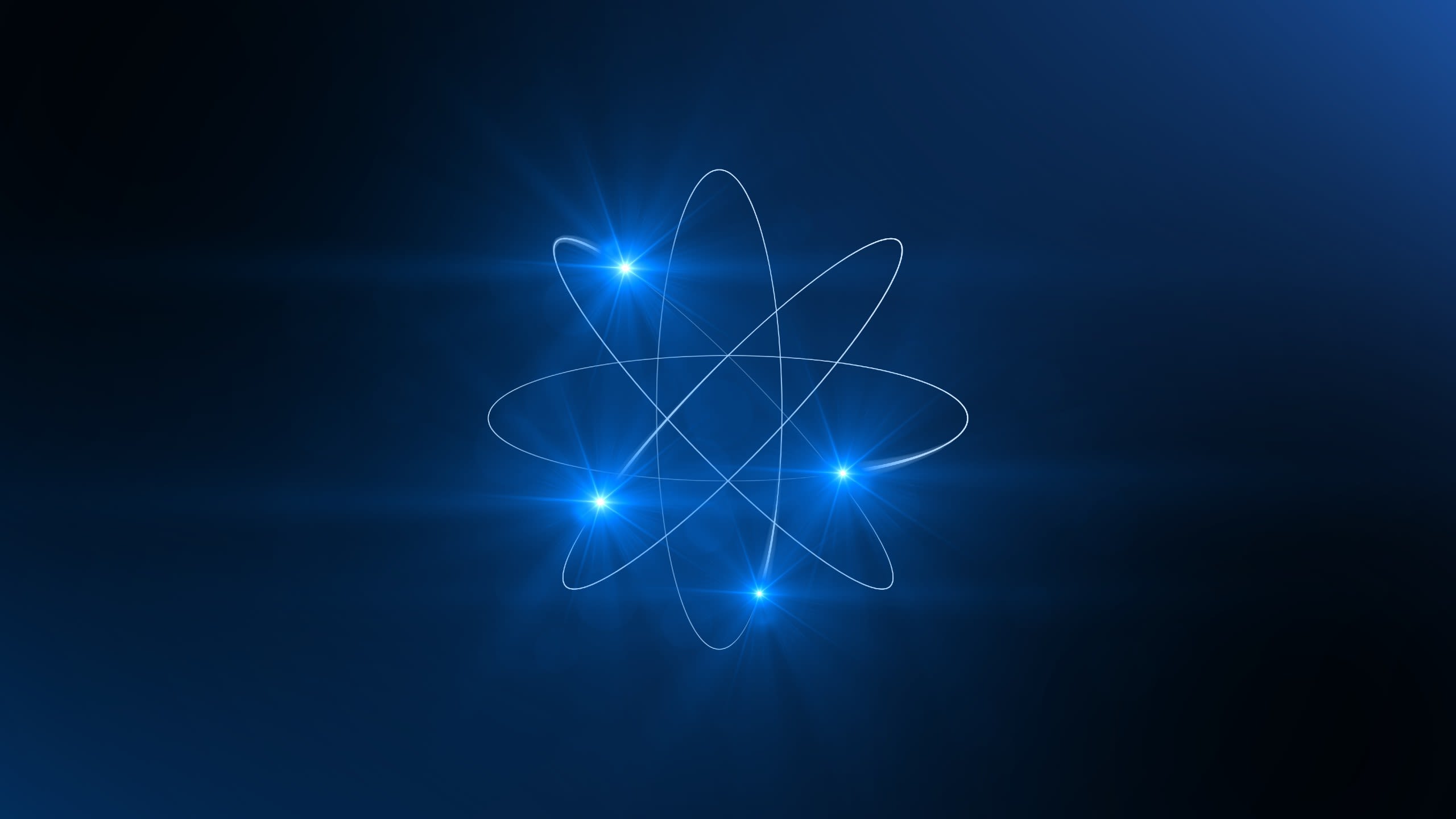
The final phase of the knockdown faced two unanticipated delays. The first was the COVID-19 pandemic, with the demolition of the remaining Reactor Centre buildings postponed as a result of the first national lockdown.
The second delay came about when badgers re-occupied some setts in the vicinity of the Reactor Centre as a result of the lack of light and noise during lockdown.

Given the risk that the setts could collapse onto any badgers inside them when the demolition work started, the Reactor Centre team worked with Natural England to monitor badger activity. Once it was determined that there were no badgers inside, gates were put across the entrance to the setts and Natural England agreed that the demolition work could go ahead.
With work finally commencing in July/ August 2020, the site was cleared of the final rubble by the end of March 2021. The final stage of the decommissioning process took place in the lab, with 75 soil samples collected across the 3000m2 site and in the surrounding area. Scientists tested the soil samples for a range of radionuclides using gamma spectrometry and liquid scintillation methods. All soil samples analysed by Imperial, and independently verified, showed radioactivity and radiation at natural background levels.
The future of nuclear research at Imperial
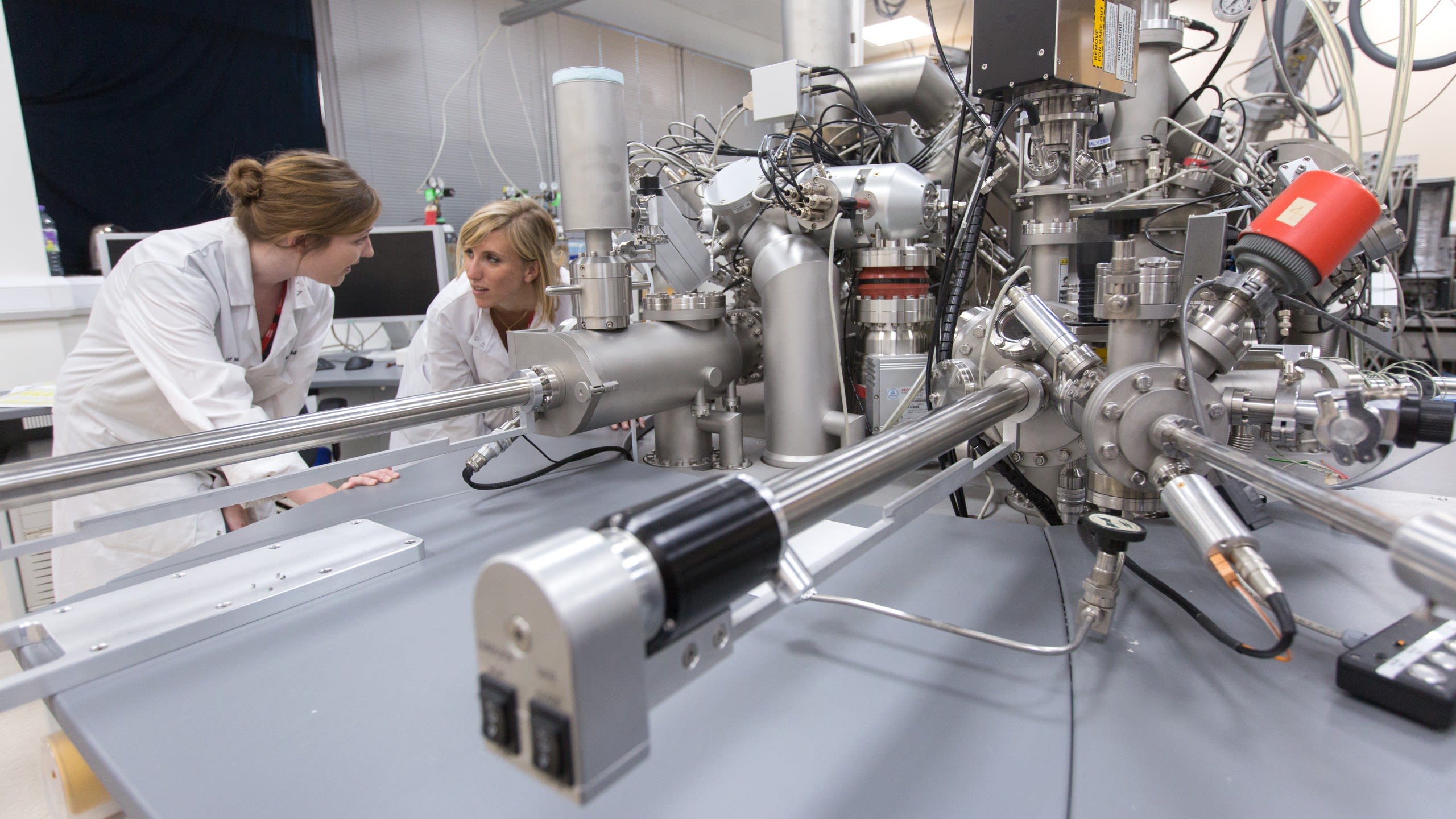
Although Imperial’s nuclear licence is expected to be removed in the next few months, the College remains active in the field of nuclear engineering. The cross-faculty Centre for Nuclear Engineering (CNE) promotes and co-ordinates nuclear energy research across Imperial in collaboration with key external partners.
The CNE focuses on outreach, education and the co-ordination of research programmes. Research areas include:
- Fuel design and performance
- Reactor operation, design and monitoring
- Spent fuel and waste management
- Repository science and engineering
Imperial offers students the opportunity to study nuclear engineering at undergraduate and postgraduate level. It is predicted that nuclear energy capacity will increase dramatically over the coming decade as part of the strategy to help reduce CO2 emissions whilst meeting the world’s growing energy demands.